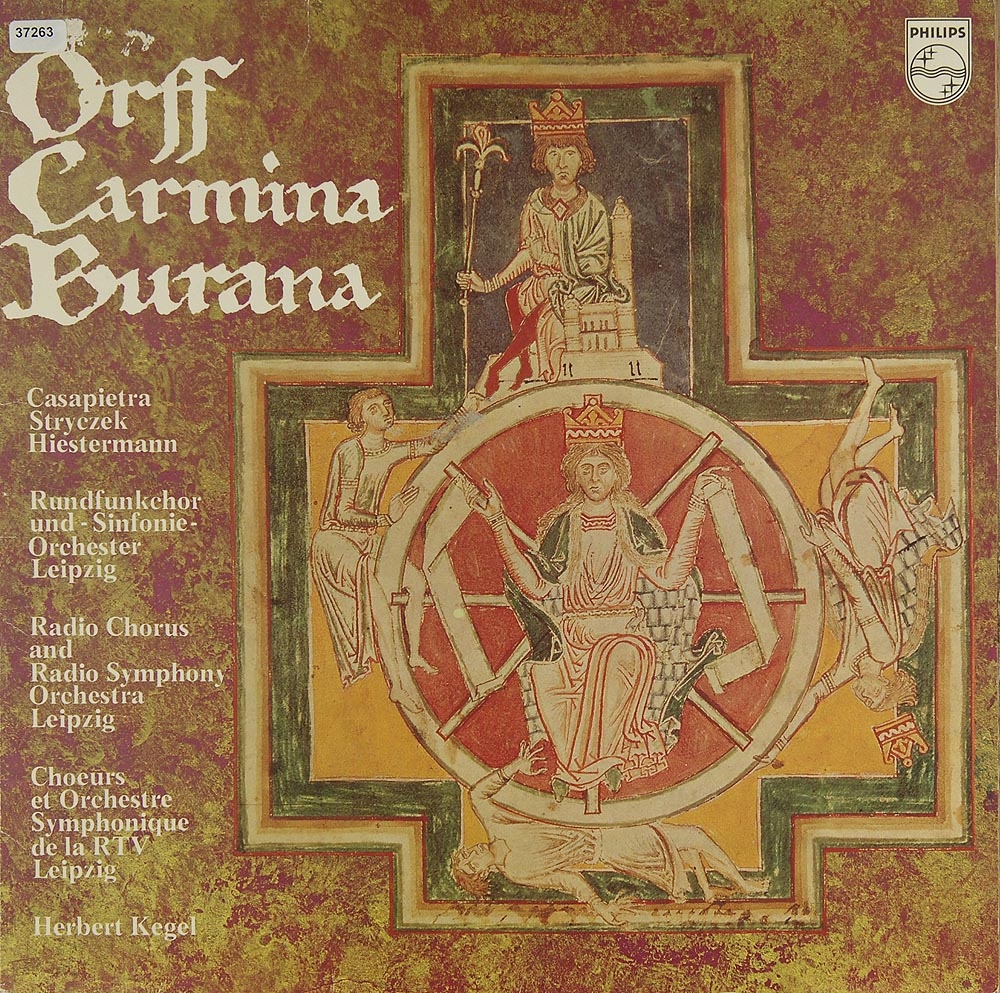
Written between 19 for soloists, choruses and orchestra, it was originally conceived as a choreographed stage work. With the help of Michael Hofmann, a law student and Latin scholar, Orff chose 24 songs and set them to music in what he termed a “scenic cantata”.Ĭarmina Burana is divided into three sections – Springtime, In the Tavern and The Court Of Love – preceded by and ending with an invocation to Fortune. The collection was first published in Germany in 1847, but it wasn’t until 1934 that Orff came across the texts a selection had been translated into English and formed part of a publication called Wine, Women And Song.

Although Orff set the original texts, he chose not to use the primitive musical notation that accompanied some of the songs. The songs (over 1000 of them) were written in a mix of Latin, German and medieval French by the Goliards, a band of poet-musicians comprising scholars and clerical students, who celebrated with earthy humour the joys of the tavern, nature, love and lust. So, Carmina Burana translates as Songs Of Beuren, and refers to a collection of early 13th-century songs and poems that was discovered in Beuren in 1803 – although it has since been established that the collection originated from Seckau Abbey, Austria – and is now housed in the Bavarian State Library. The name has Latin roots – ‘Carmina’ means ‘songs’, while ‘Burana’ is the Latinised form of Beuren, the name of the Benedictine monastery of Benediktbeuren in Bavaria.


 0 kommentar(er)
0 kommentar(er)
